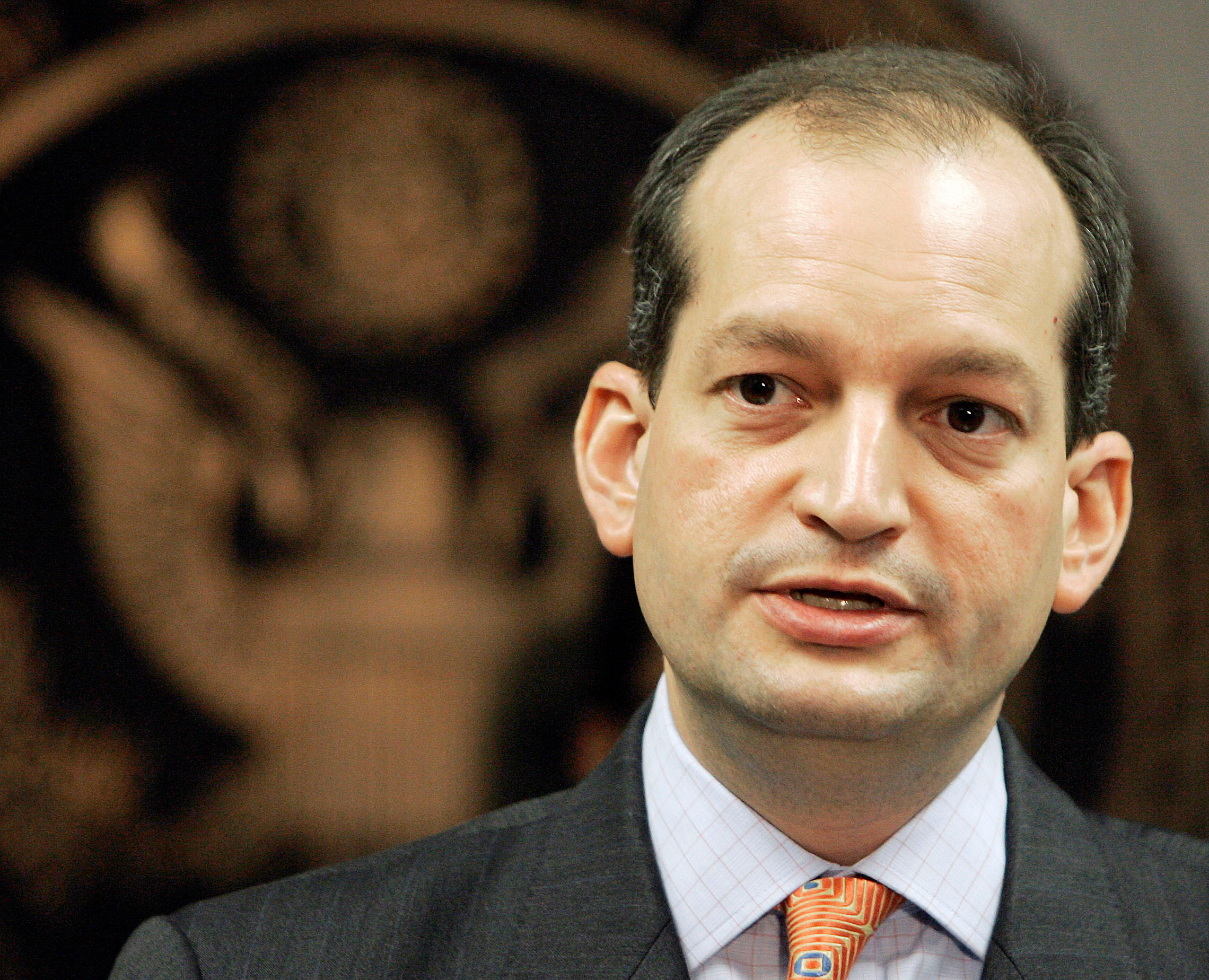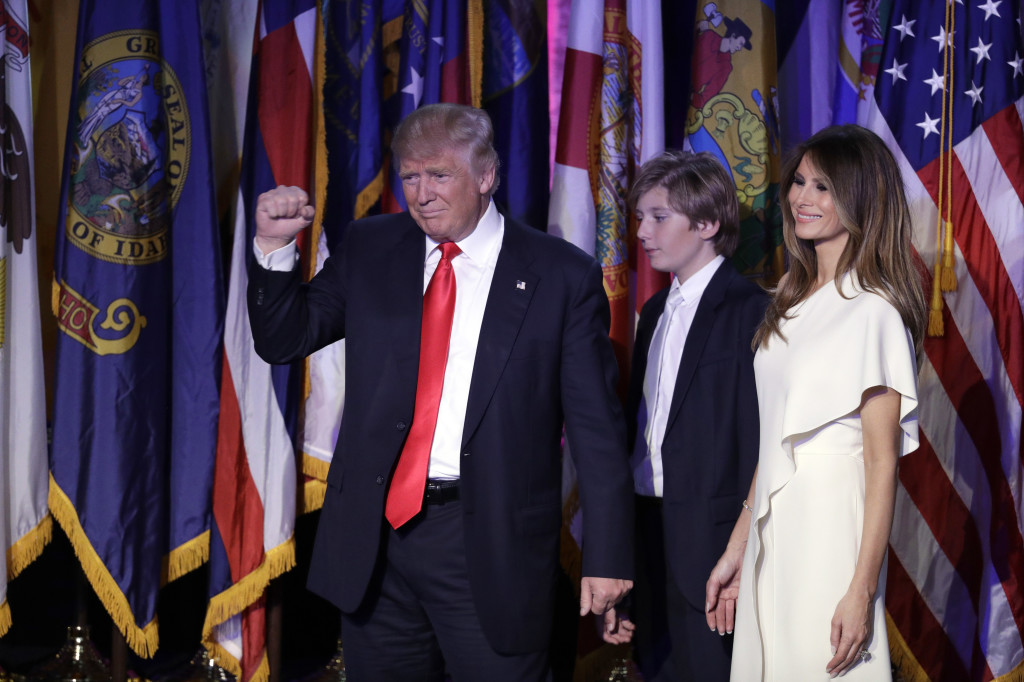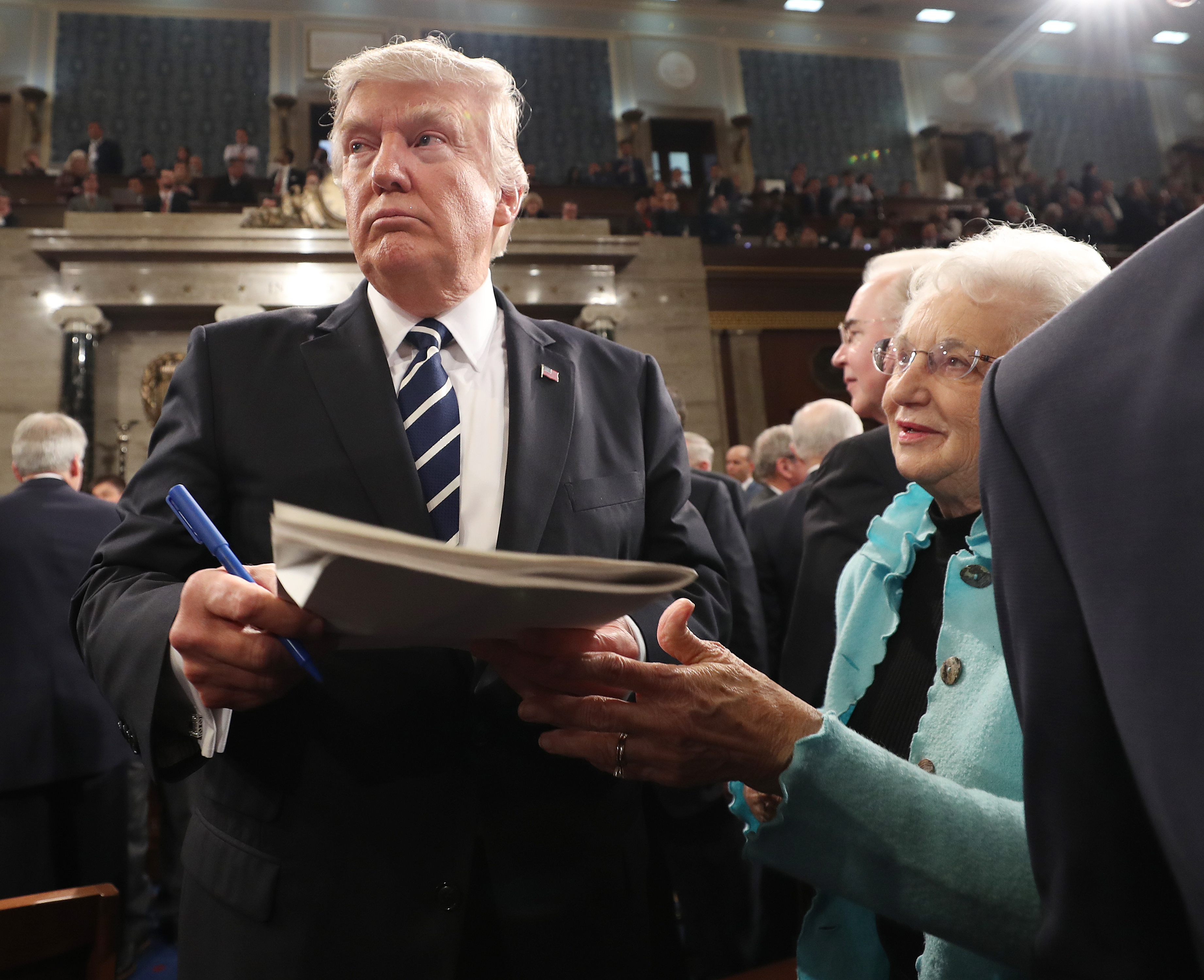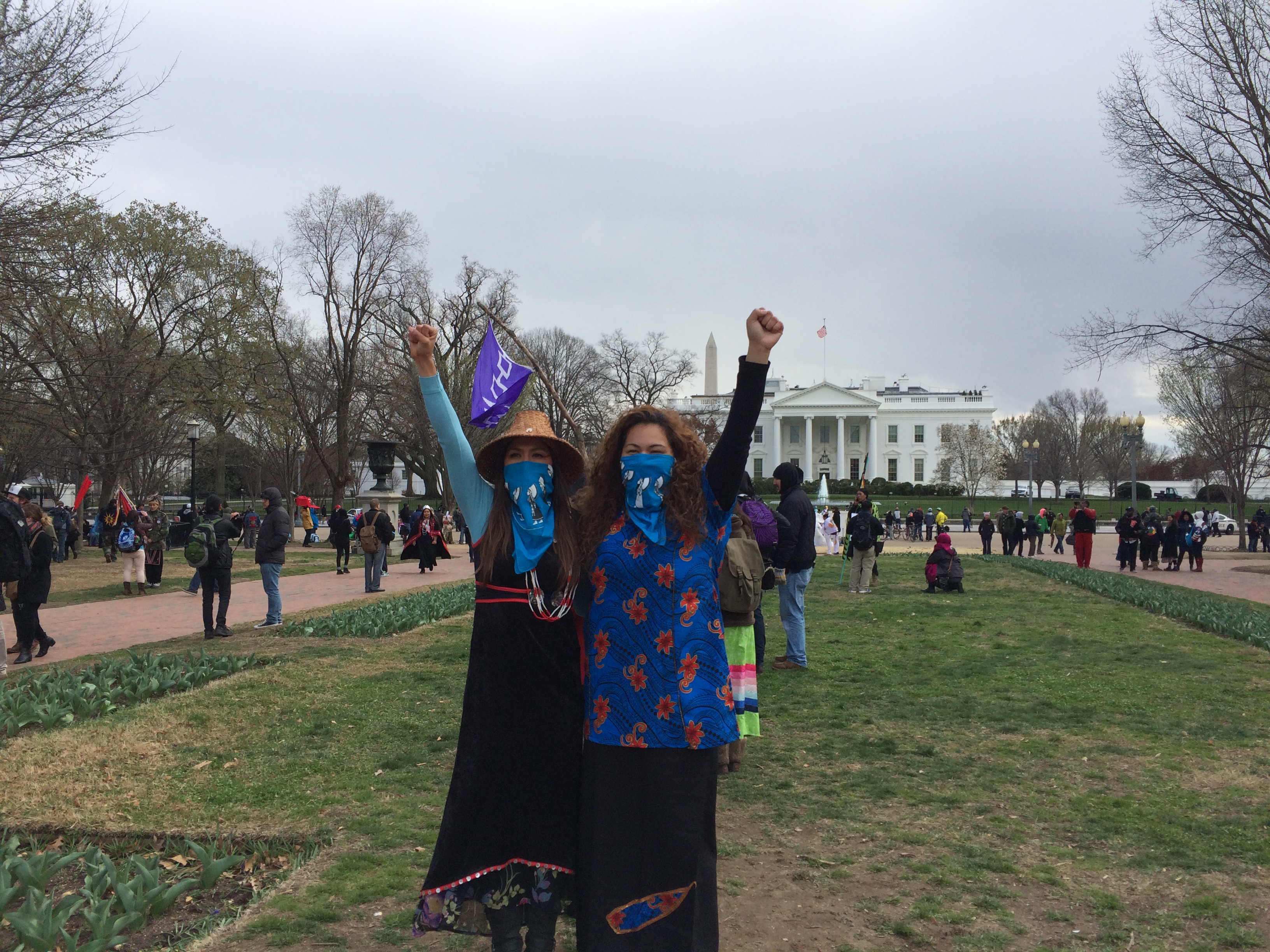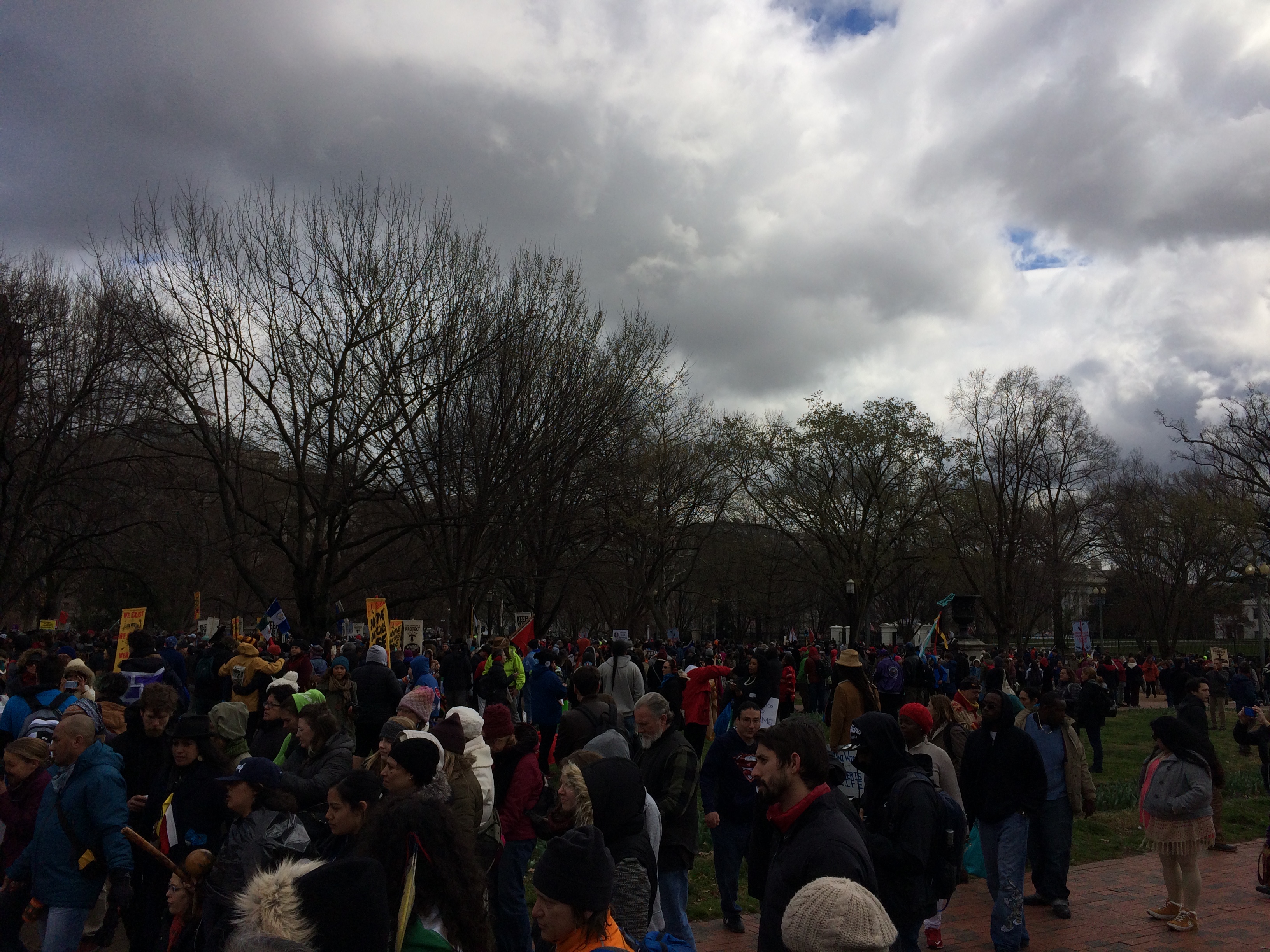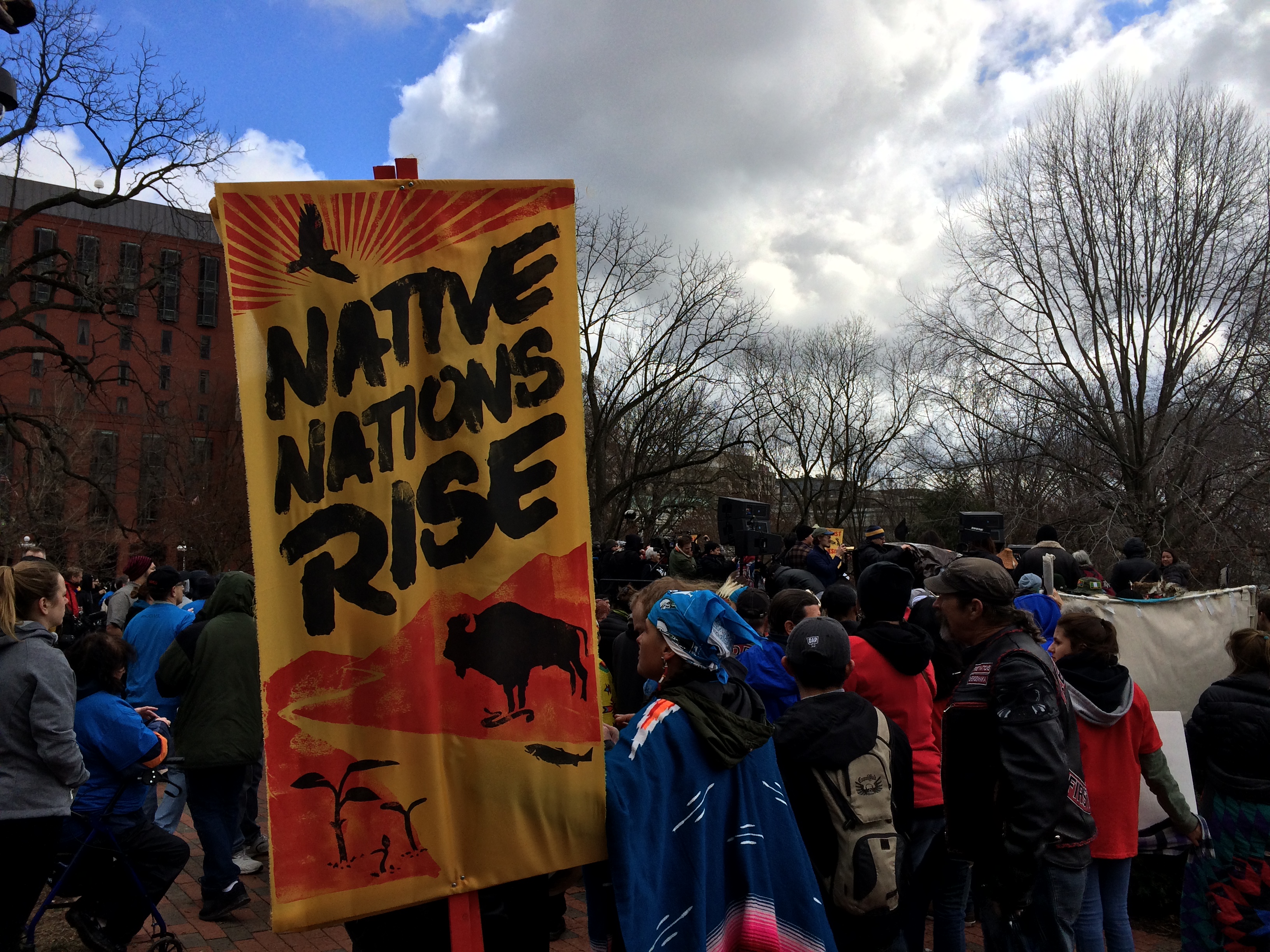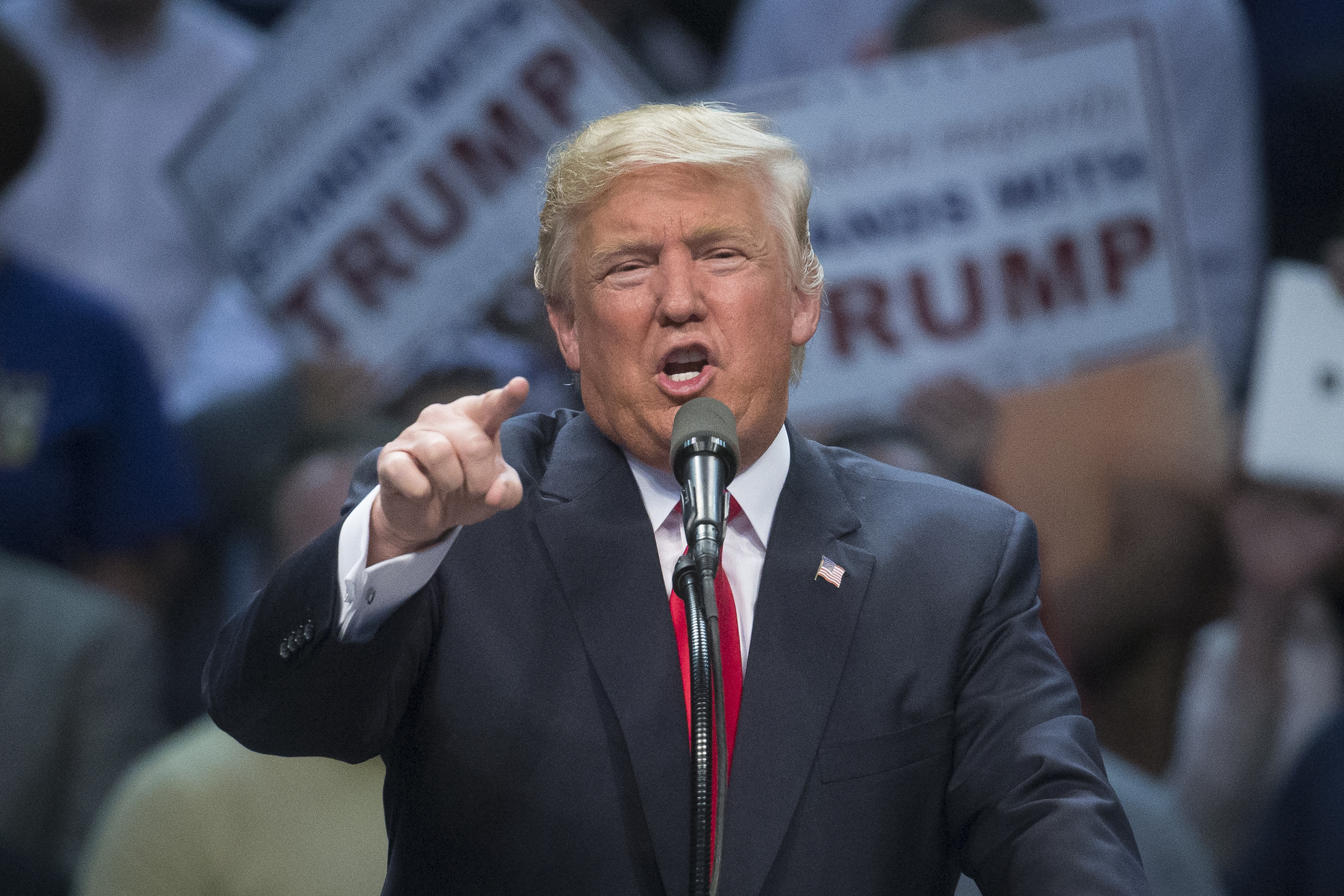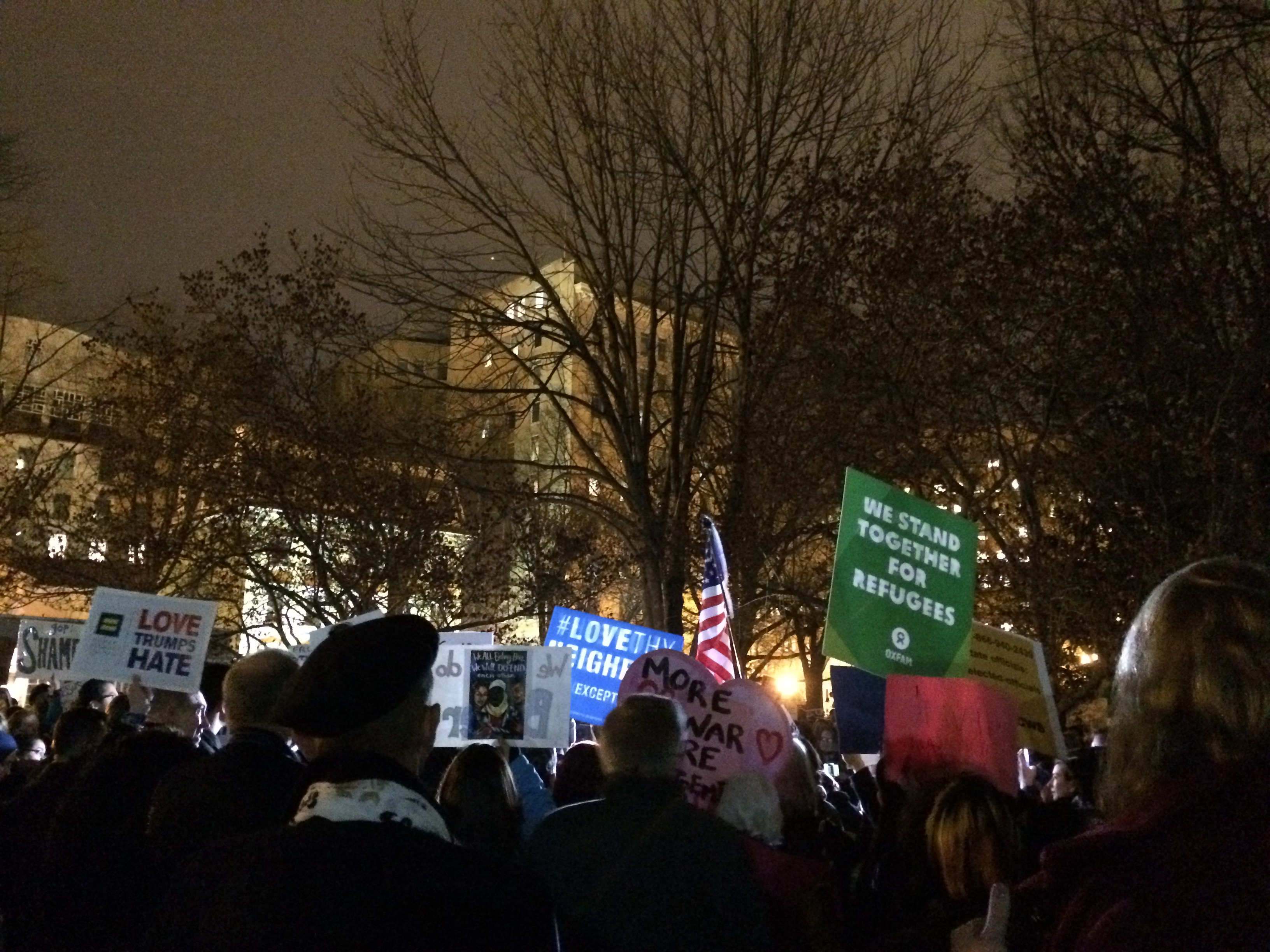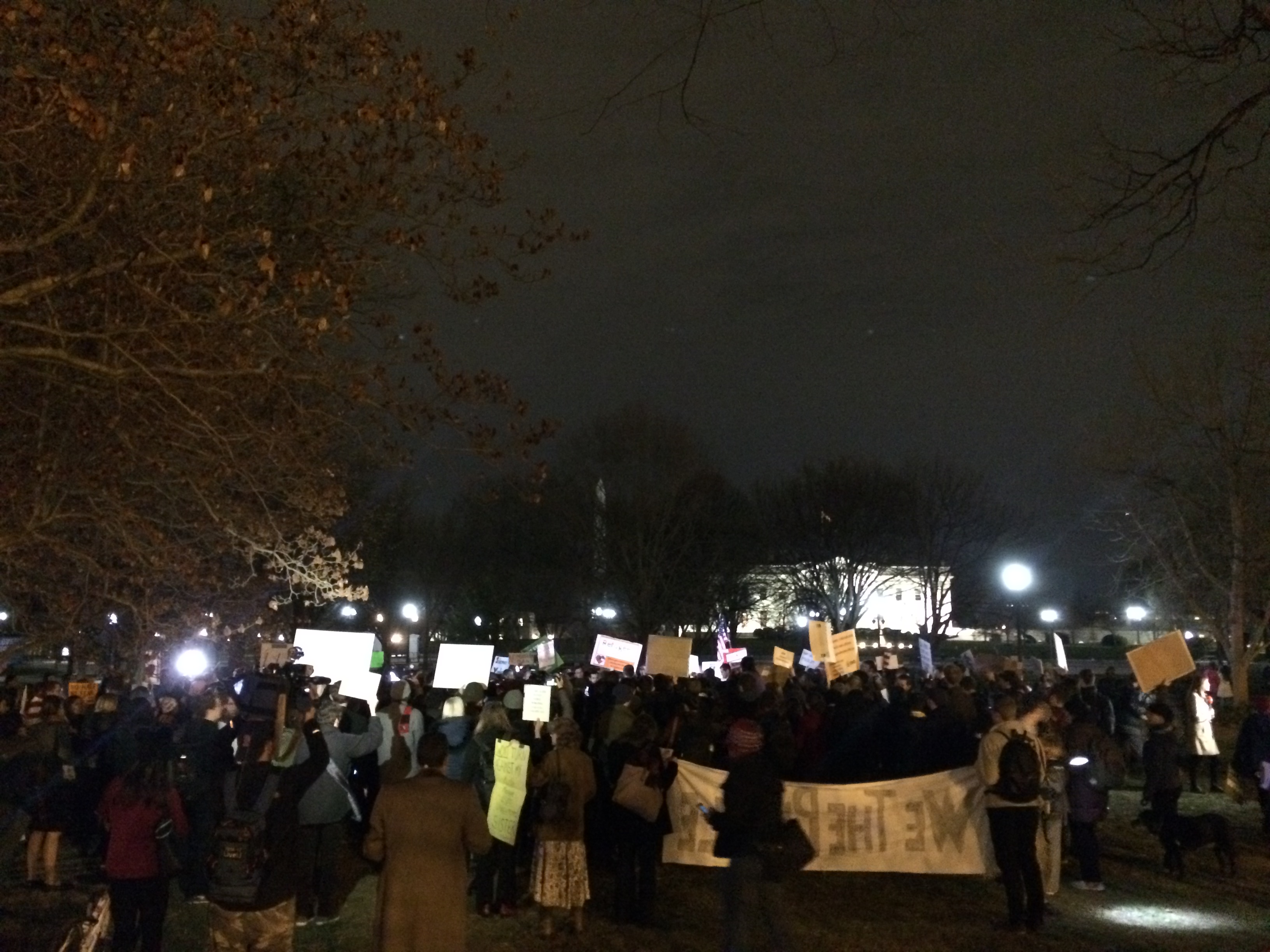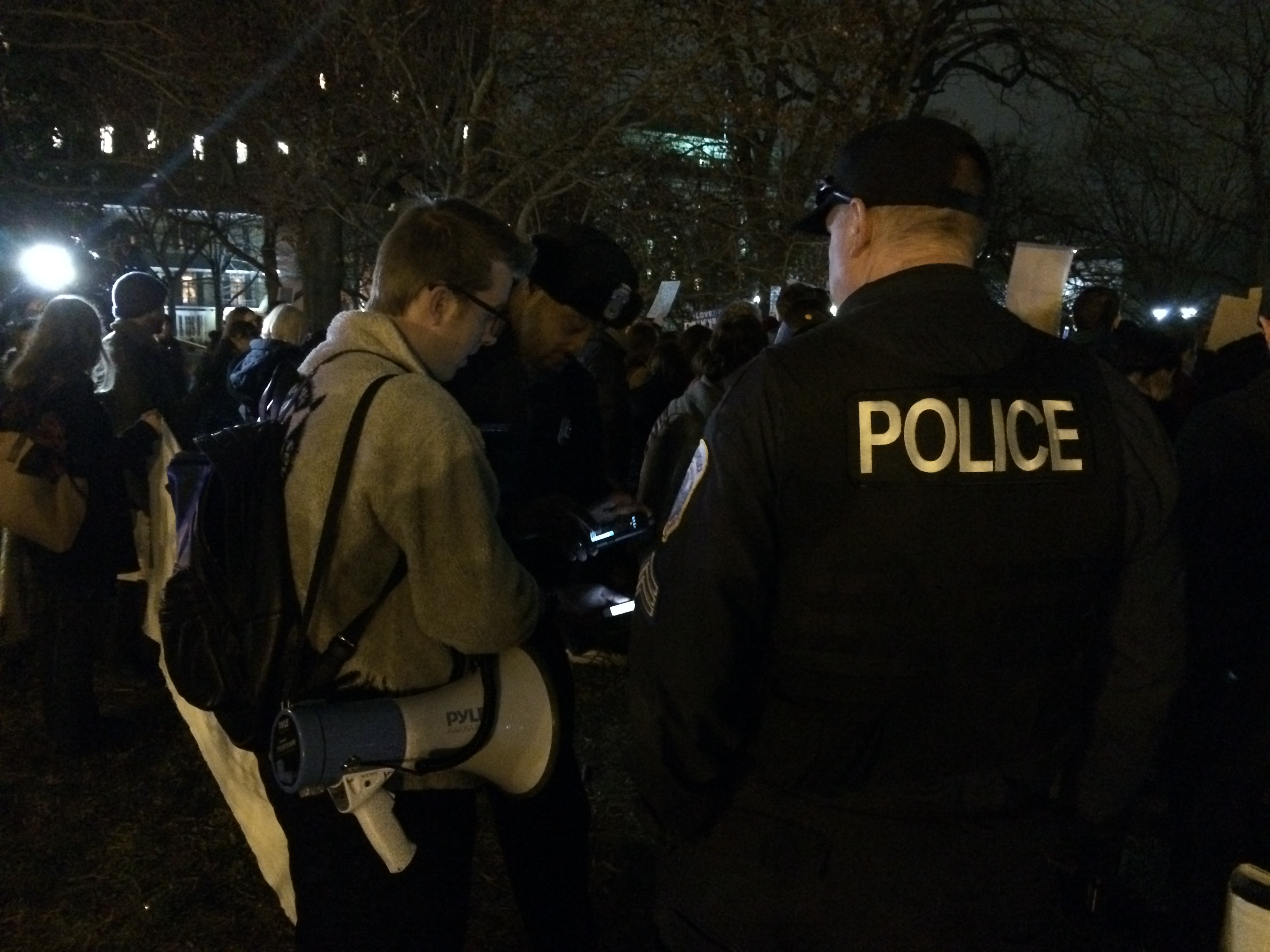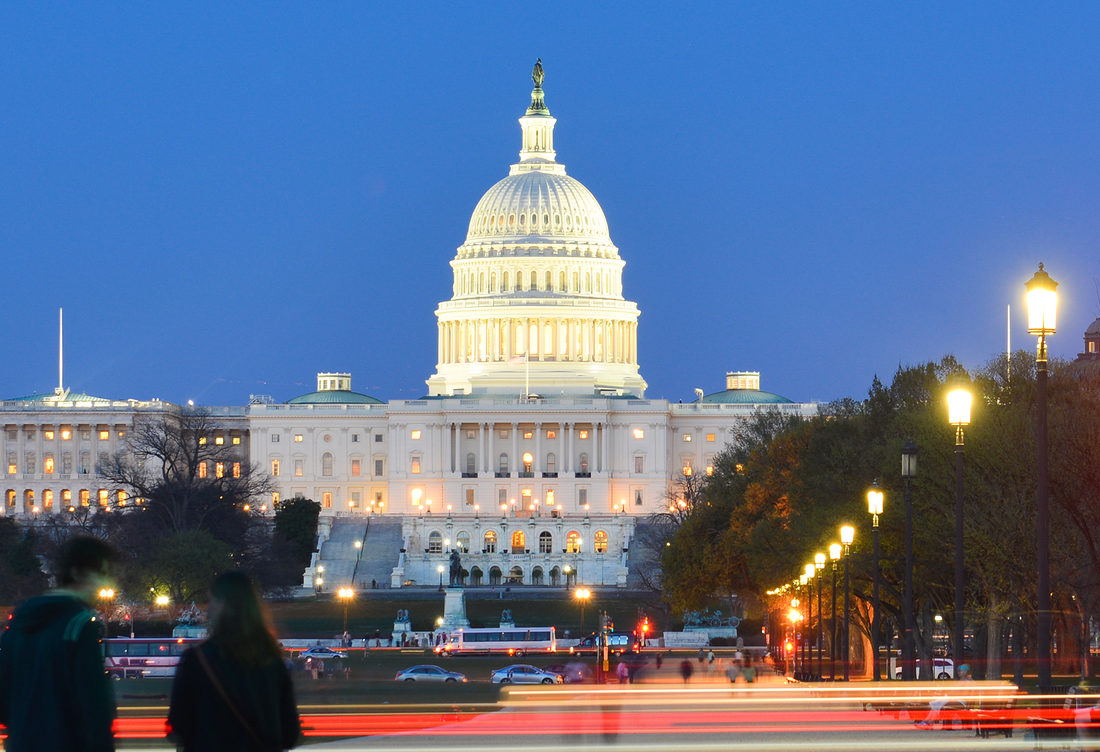
State lawmakers are rising up in opposition to a federal rule which fundamentally changes how certain businesses contract together.
Former President Barack Obama made major changes to labor law during his time in office. The International Franchise Association (IFA) has warned changes to the joint-employment standard could be devastating. It has since launched numerous initiatives in opposition to the change.
The IFA has directly worked with state lawmakers as part of one such initiative. It warns the new standard could upend the franchise model and industries that rely on contracting. Several states have since adopted legislation that counters the new federal rule. South Dakota enacted the opposition law Monday.
“From a state campaign perspective we have certainly been moving along,” IFA Senior Director Jeff Hanscom told InsideSources. “We’re up to ten states now whose governors have signed these bills. I’ve been on the road almost all last month working on these bills. We have been moving around in upwards of ten other state capitals.”
The National Labor Relations Board (NLRB) brought about the change, in recent years, through case precedents. The standard determines whether an employer is responsible for the employees and labor liabilities of a company it contracts with. Employers take on a lot of legal burdens and costs when they become joint-employers.
“There are no plans at this point to wind down or slow down the state campaign,” Hanscom said. “This is the number one issue for us whether it’s state or federal, and that’s going to continue to be the case, and we will continue to push these bills aggressively in as many states as we can, at least for the foreseeable future.”
The IFA ultimately hopes to restore the previous joint-employer standard. It used to be determined based on whether a company has direct control over the employees of the other. The new standard looks at indirect control, which critics argue is way too vague.
“Basically, we leave it up to them and their legislative drafters within each state to determine how best the idea fits into their statutory structure,” Hanscom said. “Some of the bills have been three – four lines, and others have been 15 or 20 pages.”
President Donald Trump now has a chance to reverse many policies established during the last administration. The NLRB has five members with the president getting to nominate the deciding vote. The new board could start deciding cases based on a revised or previous standard to set precedents for how future cases are decided.
“Yes, absolutely, that puts a different spin on it,” Hanscom said. “There is at least a path, so to speak, through the trees where I don’t think there was one this time last year.”
Hanscom adds there is still plenty of unknowns despite the changes on the federal level. Congressional Republicans have an ambitious agenda, and joint-employment is likely not a top priority. The NLRB is likely not going to change its decision until the end of the year when a the terms of a few board members end.
“We’re going to be working on the state level until it’s fixed,” Hanscom said. “When that fix might be coming is unclear. So we’re not slowing down from the state perspective.”
The IFA is looking towards several more states that could potentially pass the opposition law. Tennessee, Texas, Louisiana, Michigan, Wisconsin, Indiana, Georgia, Utah, and Oklahoma have all adopted it already. Hanscom notes the campaign hasn’t run into much resistance either.
“I’d say we’ve run into relatively minimal resistance,” Hanscom said. “There has been some, but it’s been relatively minimal.”
Hanscom adds the resistance they have faced comes primarily from labor unions and their associated groups. The NLRB revisited the joint-employer standard during a handful of labor dispute cases. The Browning-Ferris Industries case set the precedent for the new standard when it was decided in 2015.
“Before Browning-Ferris, the standard was specific, and required direct and immediate control,” Hanscom said. “That was the standard. It was an easy line in the sand, so to speak, for people to understand. It had been litigated, and people have been operating under the standard for a number of decades.”
The NLRB has argued the standard needed to be updated. The board has stated that the previous standard was outdated, and was defined by conflicting case law. It notes a new standard needed to be applied that fits better in the current economic landscape.
The board argued the “joint-employment jurisprudence [was] increasingly out of step with changing economic circumstances, particularly the recent dramatic growth in contingent employment relationships,” the Browning-Ferris decision stated. “This disconnect potentially undermines the core protections of the Act for the employees impacted by these economic changes.”
The legislation was also drafted so that it doesn’t interfere with federal law. Federal law preempts local law meaning the bills cannot conflict with what’s decided on the national level. The Fair Labor Standards Act (FLSA) was the federal law that state policymakers had to workaround.
“If there is a federal law that speaks to it, a state law would be preempted,” Hanscom said. “Now if you look at the FLSA or any of these other acts that joint-employer issues can arise under, there’s not a specific definition of joint-employment in federal law. Joint-employment has been defined by legal precedent over the years.”
The laws are essentially drafted to fill the undefined portions of the federal law. The approach could help the state counter the new standard without it interfering with established federal law. Additionally, the legislation only includes labor dispute cases being reviewed by the state itself.
“The state laws are not preempted by federal law because there simply isn’t a federal law that is exactly on point,” Hanscom said. “And the state laws are clear they apply only to the constructs of whichever state it is.”
The IFA is a trade association that represents 733,000 franchise establishments worldwide. The franchise model is very popular with business owners. It allows a small business to contract with a large brand name in order to sell its products and use its logos. McDonald’s, for instance, consists of numerous independent businesses.
The IFA has supported a number of initiatives beyond just working with state legislators. It has spoken with federal lawmakers, launched media campaigns, testified before congressional hearings, supported lawsuits, and supported opposition efforts from the business community.
The U.S. Chamber of Commerce urged the new administration in a report last week to reverse the standard. The report highlights several policies it opposes from the last administration. It adds the expanded standard overturned more than 30 years of case precedents.
Follow Connor on Twitter
Subscribe for the Latest From InsideSources Every Morning
